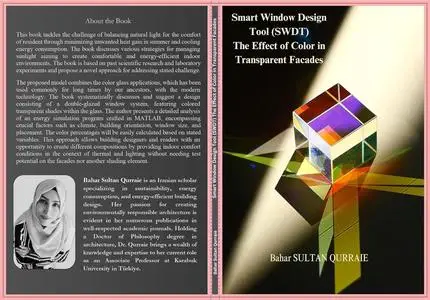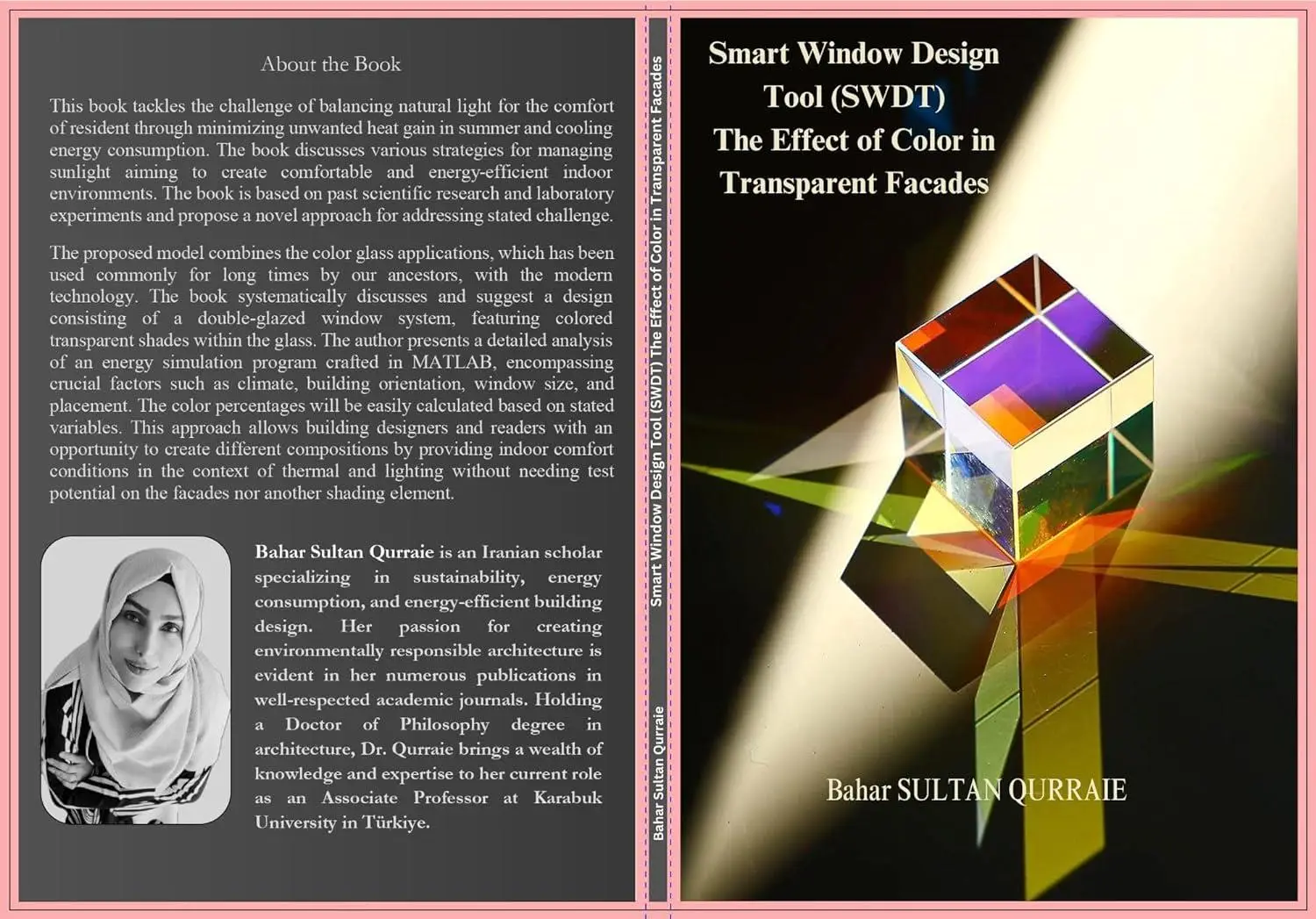Smart Window Design Tool (SWDT) The Effect of Color in Transparent Facades
by Bahar Sultan Qurraie
English | March 2, 2024 | ASIN: B0CW1HSZC3 | 195 pages | PNG (.rar) | 44 Mb
by Bahar Sultan Qurraie
English | March 2, 2024 | ASIN: B0CW1HSZC3 | 195 pages | PNG (.rar) | 44 Mb
The role of occupancy space, transparent facades, and shading elements in sustainable architectural design has become very important. It is also an important indicator of the quality of the space to avoid excessive heat gain, prevent glare, and to avoid damage due to radiation effects, by controlling or removing undesirable sunlight from building facades in buildings or atrium structures with large glass surfaces. The materials selected as shading members are usually chosen from those that have opacity. However, semi-transparent materials also function as shading. It pushes back the heat that the sun's rays contain as energy, and provides light. To reach the book goal three parts were submitted.
In this book, being in harmony with nature is an extremely important goal. Glasses used with the latest technology can transfer energy, record, and change characters. At this point, the radiation hazard that arises when trying to make maximum use of the renewed energy source is ignored when considering the recovered energy. Due to many factors of today’s world, headaches and fatigue are seen in people who reside in large structures with prolonged atriums. The main reason for this is the combination of non-natural products and the radiation generated by electric-magnetic fluxes. This book aims to reduce such radiation by the use of healthy and functional properties of stained glasses.
This book tackles the challenge of balancing natural light for occupant comfort with the need to minimize unwanted heat gain in summer and cooling energy consumption. It delves into strategies for managing sunlight through innovative approaches, aiming to create comfortable and energy-efficient indoor environments. The proposed model combines the color glass applications that were commonly used in the past with the present technology and predicts the use of color features. The color percentages calculated based on the zone, climate, position and the given window size data will – by the recognized method – be able to provide designers with an opportunity to create different compositions by providing indoor comfort conditions in the context of thermal and lighting without needing test potential on the facades nor another shading element.



